
What makes your business different from any other real estate agent in your city?
How you answer this question and communicate what makes you unique is incredibly important. Real estate branding is vital for attracting and retaining clients.
Your real estate branding aims to clearly and consistently communicate the experience and services you provide- visually, textually, and in person.
Without good real estate branding, you risk being just another agent, lost among hundreds of other agents trying to market their real estate business.
Today, we’re highlighting a collection of the best real estate branding ideas. Check out these examples, see what these brands are doing right, and consider how your branding holds up to the competition. Ask yourself, is my business a brand?
And remember, buyers and sellers are much more likely to choose a brand they connect with over a generic alternative.
How Are You Branding Your Real Estate Business?
At first, maybe that seems like a simple question. You choose some colors and some fonts, pay someone to design a logo or use a logo generator, and then build your website.
Voila!
But it’s not that simple…
Every color, font, and logo communicates something about your brand. If you don’t choose those elements carefully, you might send messages you don’t want to send.
And this guide will show you how to brand your real estate business effectively, whether you’re an investor or an agent.
Before we dive into the five steps, though, let’s talk about why branding is vital for your real estate business.
Why is Real Estate Branding Vital For Your Business?
To understand why branding is important for your real estate business, you first have to understand what a brand is.
So what is a brand?
We like the way that Wikipedia defines it…
“A brand is a name, term, design, symbol or any other feature that identifies one seller’s good or service as distinct from those of other sellers.”
In other words, it’s an identity.
Business owners create brands because it helps consumers quickly and easily identify their goods and services. It also helps its target market build a relationship with its business and identify with its mission and vision.
Think about it — if Nike had a different logo and color palette with each of their marketing campaigns, it’d be challenging to know what advertisements and products were actually from Nike.

Brands encourage consumers to personify businesses and attribute their human qualities and beliefs.
For example: what feelings and thoughts come to mind when you think of these businesses?
- Nike
- John Deere
- Home Depot
- Amazon
Those are just names of big businesses.
But each one creates a feeling (positive or negative, depending on the person).
Maybe you like Amazon, Google, and Nike. That’s probably because you’re their target market, and they’ve created a brand that mimics your internal beliefs. If you don’t like those companies, then you’re probably not their target market.
Or maybe you respect John Deere and Home Depot.
The point is you like what you like because of the branding you’ve seen.
It’s not an accident — it’s intentionally engineered into the company’s marketing resources and advertising campaigns to make consumers feel a certain way.
That is the power of a brand.
Consider some of these statistics…
- 86% of consumers say authenticity is important when deciding what brands they like and support.
- 81% of surveyed consumers said that they need to be able to trust the brand to buy from them.
- Using a signature color can increase brand recognition by 80%.
- It takes about 50 milliseconds (0.05 seconds) for people to form an opinion about your website.
- A consistent brand presentation has been seen to increase revenue by 33%.
- 66% of consumers think transparency is one of the most attractive qualities in a brand.
- Two-thirds (64%) of consumers worldwide said they would buy from a brand or boycott it solely because of its position on a social or political issue.
- 73% of consumers cite customer experience as an essential factor in purchasing decisions.
- 77% buy from brands that share the same values as they do.
- 79% of people say that user-generated content highly impacts their purchasing decisions.
Now let’s answer the all-important question.
Why is it important to brand your real estate business?
Because it builds trust, it builds authority, and it helps lead generation.
Real Estate Branding Questions You Need To Answer Before Starting
Evaluating your personal life and business while considering your real estate branding is essential.
Ask yourself some questions while creating the real estate business that fits you.
Here are some examples.
What Are Your Goals?
- How do you want your workday to be structured?
- Where do you want to be in 5 years?
- Do you want to be part of a real estate team or own your real estate business?
- Do your personal goals fit your business goals?
Who Are You Helping To Reach Those Goals?
- What is the mission of your real estate business?
- What are people saying after they do business with you?
- How have you impacted your community?
How Are You Helping Your Clients?
- How can you make the buying or selling process easier?
- What do your clients care about? How can you help to give them achieve that?
- Are there ways to help save them time? Money?
Now that you’ve answered some questions, it’s time to walk through the five steps to branding your real estate business.
Step 1. Create Your Core Values, Mission, and Unique Selling Proposition
Before you design a logo or choose colors and fonts, you must clearly understand your core values, mission, and USP.
Remember: a brand isn’t just a random jumble of visual elements. It’s meant to express the identity of your business in a way that attracts your target market.
So list out the following information.
- Mission — This is the primary reason that your business exists. Ideally, this reason should be something that resonates with your target market. Maybe it’s to make the world a little bit better by passing 5% of your profits to charity. Or maybe it’s to bring honesty and transparency back to the real estate world.
- Core Values — These are things your business cares about more than anything. For example, maybe you want to provide exceptional service with positivity and optimism. Or maybe you want to use some of your revenue to help support a specific charity. Here’s an example from Townsend Realty Group…
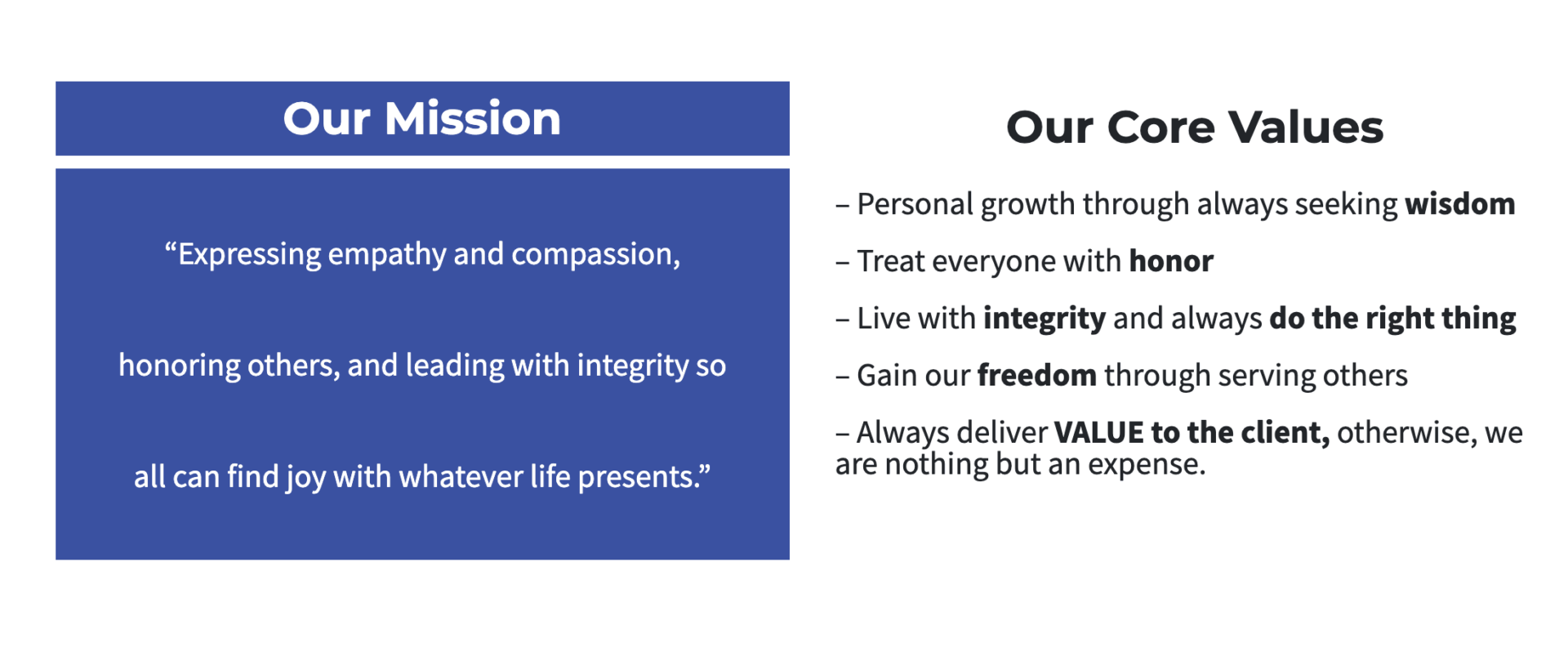
- Unique Selling Proposition — This is why people will choose to work with you instead of another company. This is what makes you unique. Maybe you can close faster than competitors. Maybe you’re more personable. Maybe you sell houses at a specific price point. Check out the selling proposition from the The Beckham Group below…
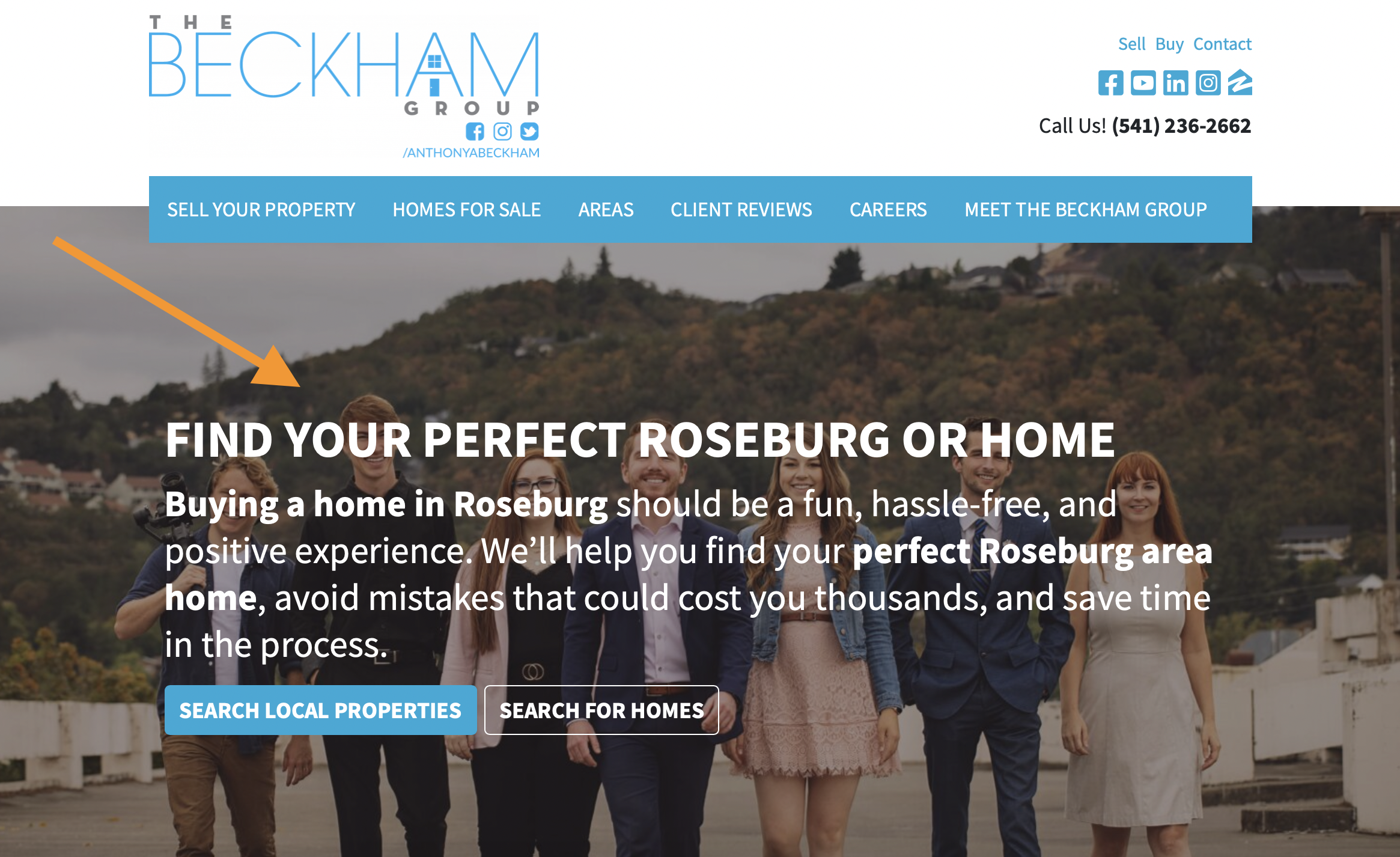
Once you know these three things for your business, you can start creating a brand to reflect those ideas and beliefs.
First is choosing your brand colors and fonts.
Step 2. Choose Your Brand Colors & Fonts
Choosing your brand colors and fonts might seem like a tall order.
Technically, there are 10 million different colors and about 300,000 different fonts.
So… how do you make a choice?
Well, here are a few tips…
- Choose Colors Carefully — The most prominent colors in real estate logos are blue, red, black, green, and orange. The brain associates these colors in different ways. Blue brings a feeling of stability and reliability. Red sends the strongest emotions. Love, passions, and power. Green is calming and settles minds with ease. Orange communicates a feeling of excitement, enthusiasm, and warmth.
- Stick To The Same Color Tones — If one or more of your colors are light, keep all of them on the lighter side. If you design dark shades, create the rest of your pattern or image in the same style. This makes for an aesthetically pleasing image. It will remind your clients of your real estate business when they see it.
- Use These Tools — You can use Coolors to generate free color palettes for your brand. And check out this guide to choose a font that fits your business, or use Quicktools to copy and paste fonts for easy font selection.
Step 3. Design Your Real Estate Branding Elements
Now that you’ve chosen brand colors and fonts that reflect your vision for your business, it’s time to design your actual branding elements.
These are the graphics that you’ll use to identify your brand.
That includes logos, images, and other graphics you think you’ll need.
Many businesses choose to create different versions of their logos for different platforms.
At Carrot, for example, we have a logo that includes the word “Carrot” and a version that just includes the graphic.
(You can see all of our branding guidelines over here… check it out for inspiration)

Your logo is probably the most crucial part of your real estate branding elements.
It should go at the top of your website, in your emails, mailers, and everywhere else you market your services.

And to be honest, a logo is probably all you need to get started in terms of graphical elements.
You can always create other graphics down the road.
Oh — and make sure your logo uses brand colors and fonts.
But how do you create your logo and other branding elements?
Well, you have two options.
You can do it yourself using a tool like Canva.

Or you can hire someone else to design your logo on UpWork or run a contest on 99designs where multiple graphic artists create logo mockups, and you choose your favorite.
When you download your logo, ensure you can get several different file types, including PNG, SVG, and PDF.
If you need logo ideas, here are some questions to get you thinking…
- What’s a visual metaphor for how your business is making a positive impact?
- How can you express your mission and vision in a logo?
- How can you express your unique selling proposition in a logo?
- What simple but attractive logo will work for now.
The key here is at least partly not to overthink it.
A logo is used to identify your brand, and while creating the right logo is important… just having a logo is more important.
And you can always change your logo down the road if needed.
For inspiration, here are a few of our favorite logos from our members…
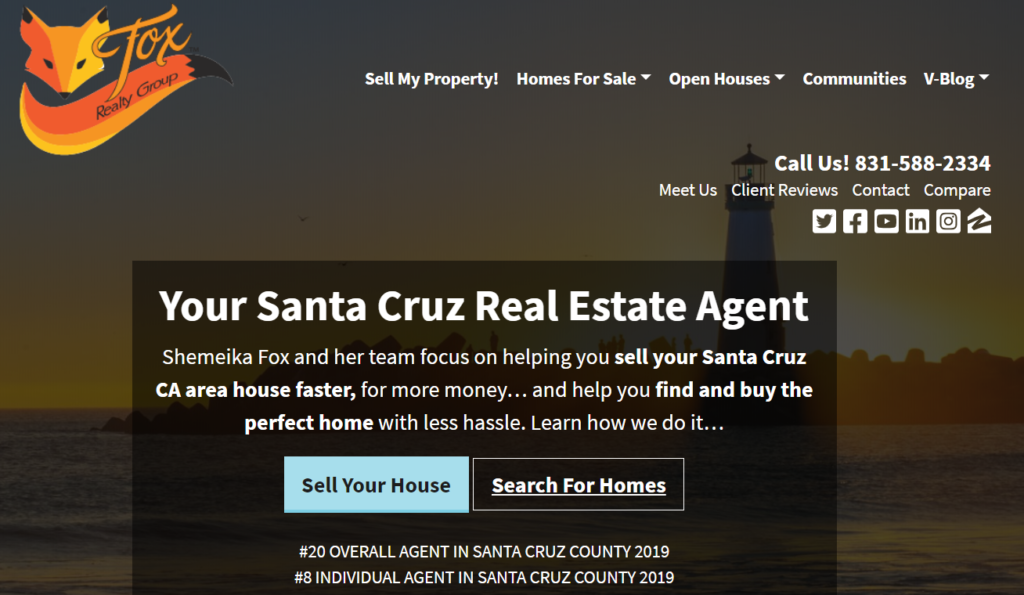
The G Team…
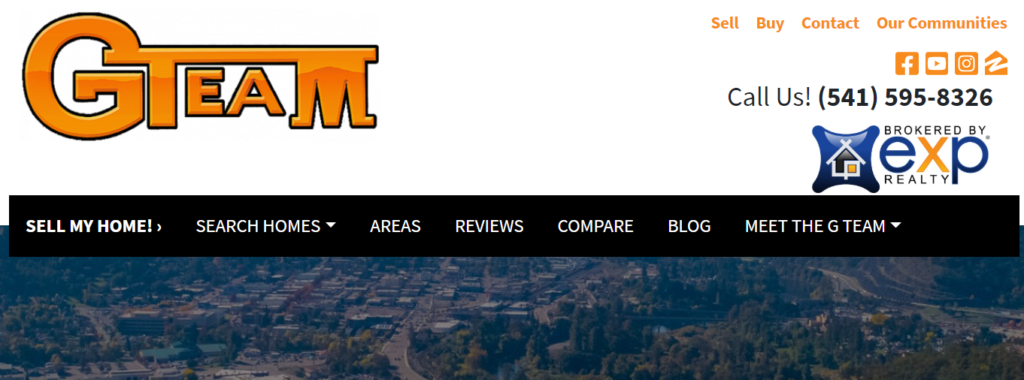

Step 4. Brand All Of Your Content & Profiles
Now, it’s time to brand all of your online assets.
The first thing to focus on, of course, is your website.
Branding your website is super easy if you’re a Carrot member. You can quickly and easily upload your logo and update the colors and fonts on your site.
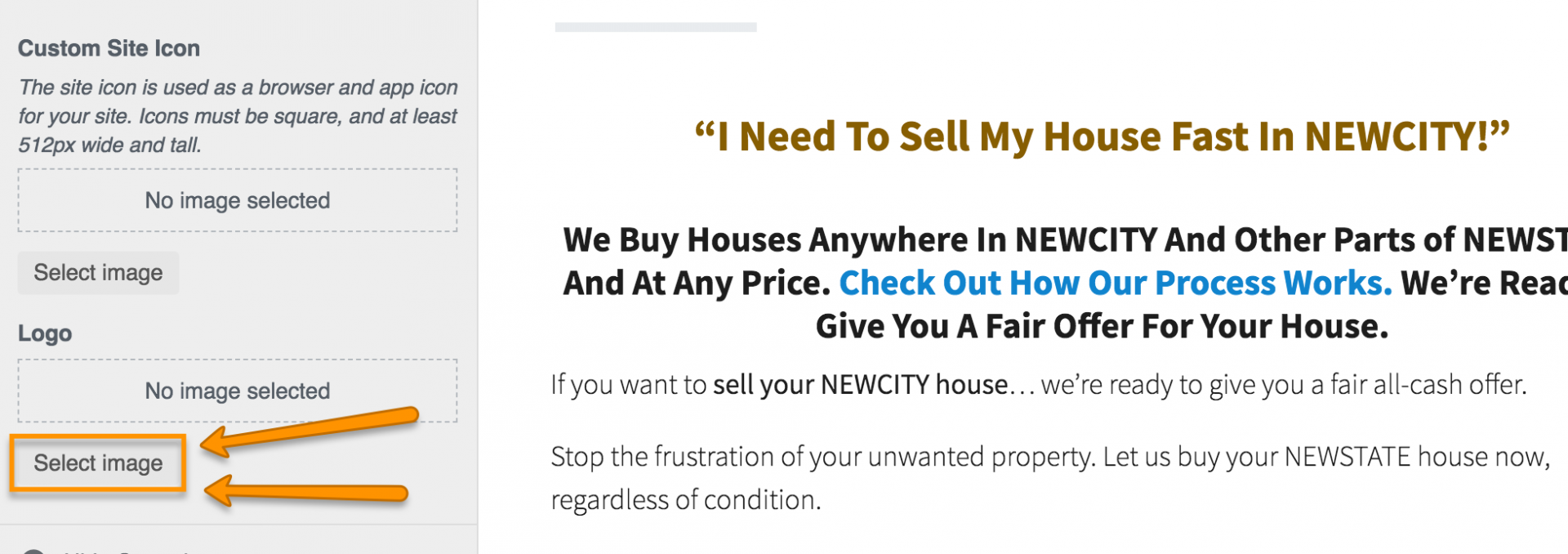
If you’re already a Carrot member, then click here to view our full branding guide.
(Not a Carrot member? Click here to check out our plans!)
The next step is to add this logo to your social media profiles. You’ll want to use your logo as your primary profile picture on your business pages.
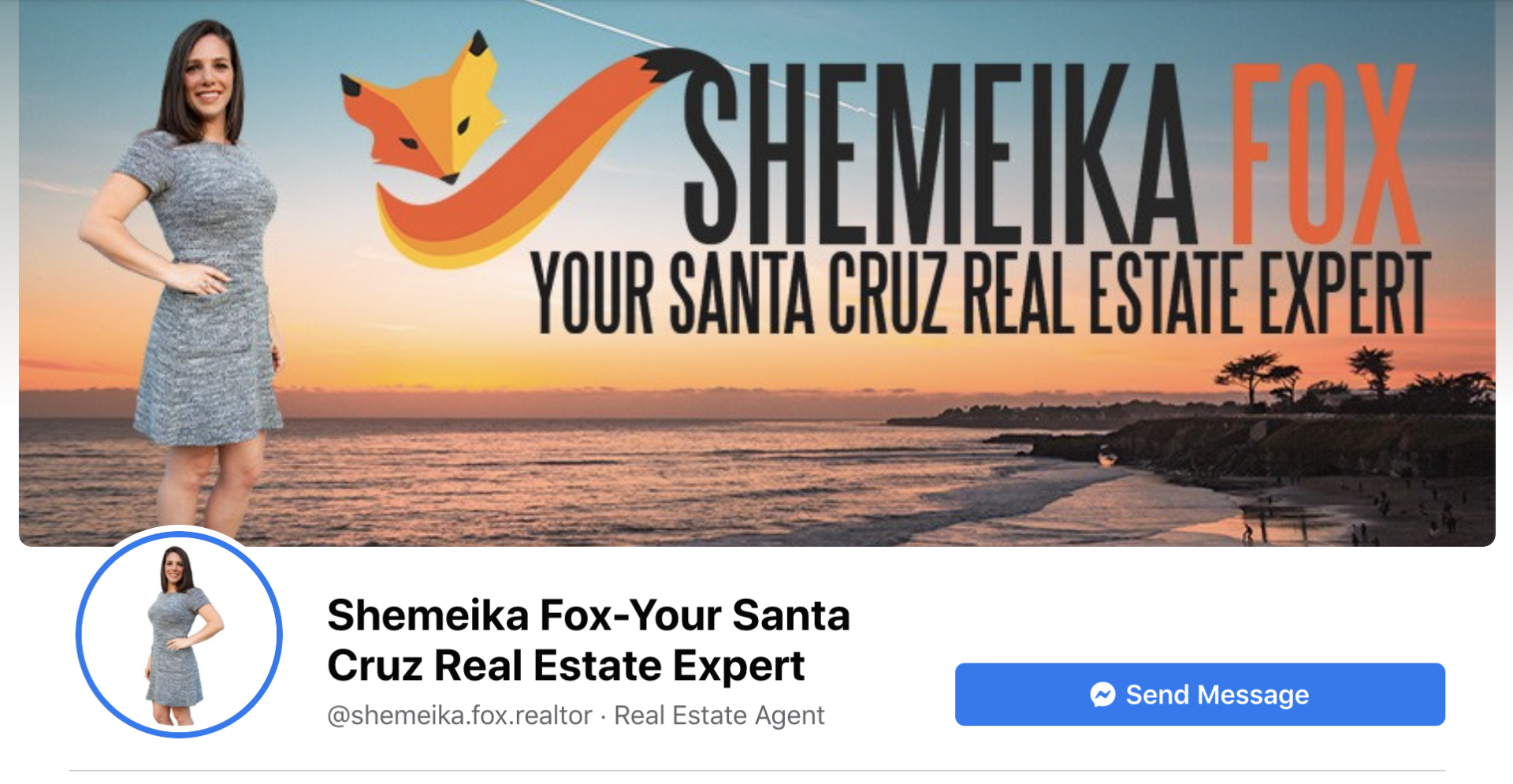
Here’s another example…
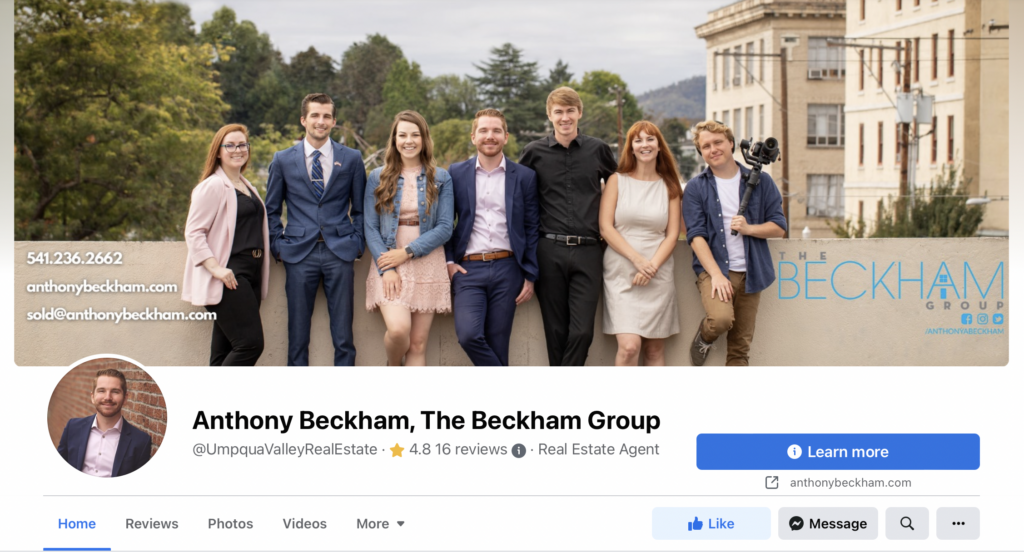
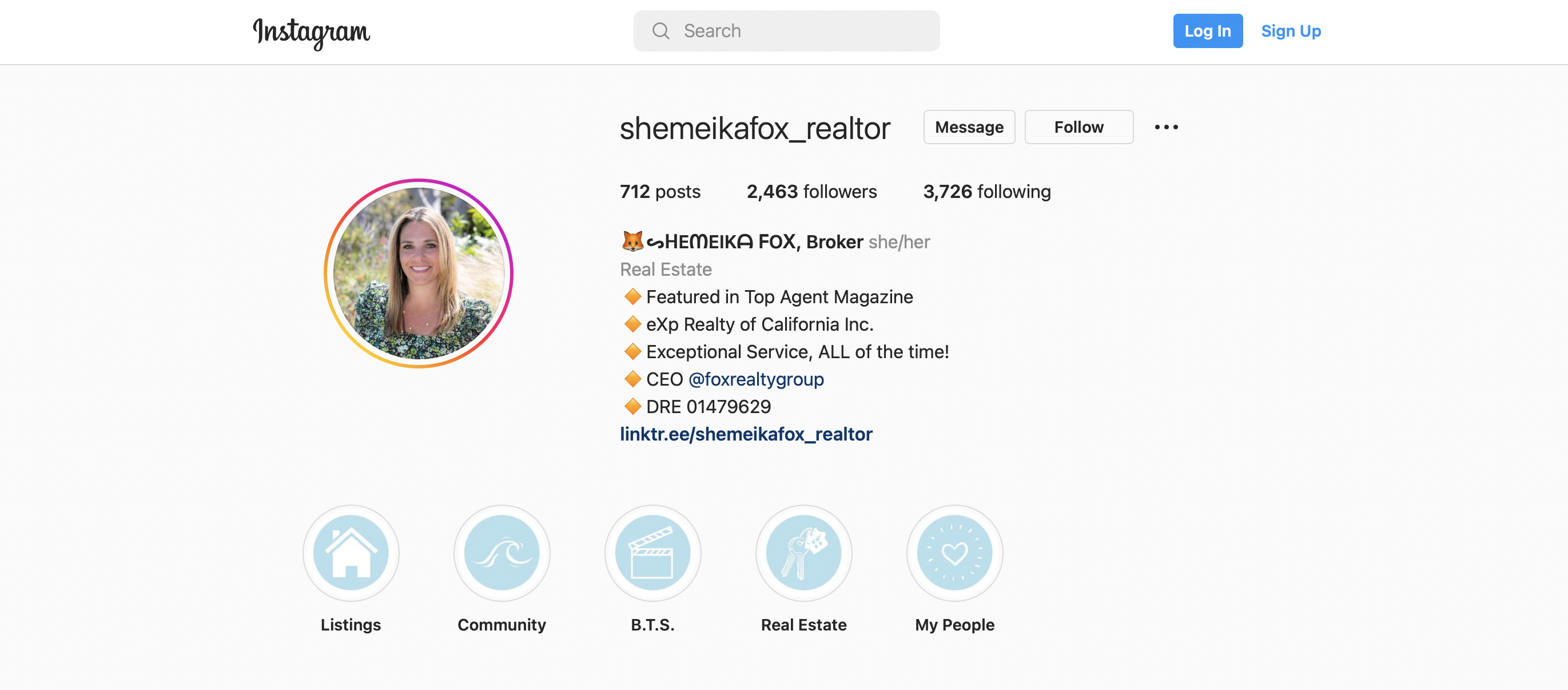
And here’s what it should look like on YouTube…
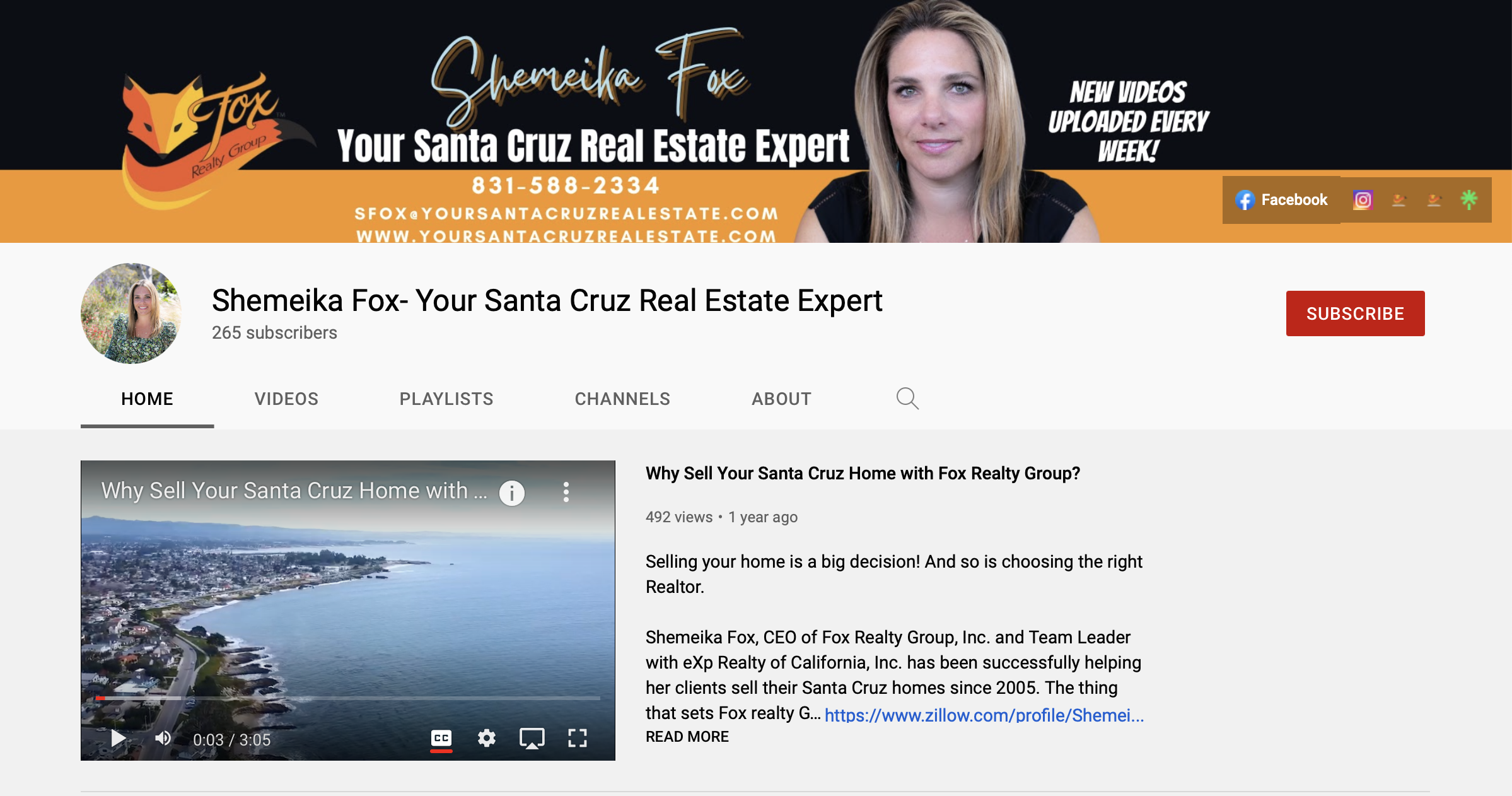
Notice how the Fox Realty Group creates a consistent feel across all of their online platforms?
That’s the ultimate goal.
You want people to be able to quickly recognize your business, no matter where they see it.
Ideally, this should also apply to your physical marketing campaigns—mailers, business cards, T-shirts, bandit signs, etc.
Fox Realty Group also puts its logo straight into some of its content.
For example, on their Instagram page, their logo is sitting in their “Just Sold” bubbles.
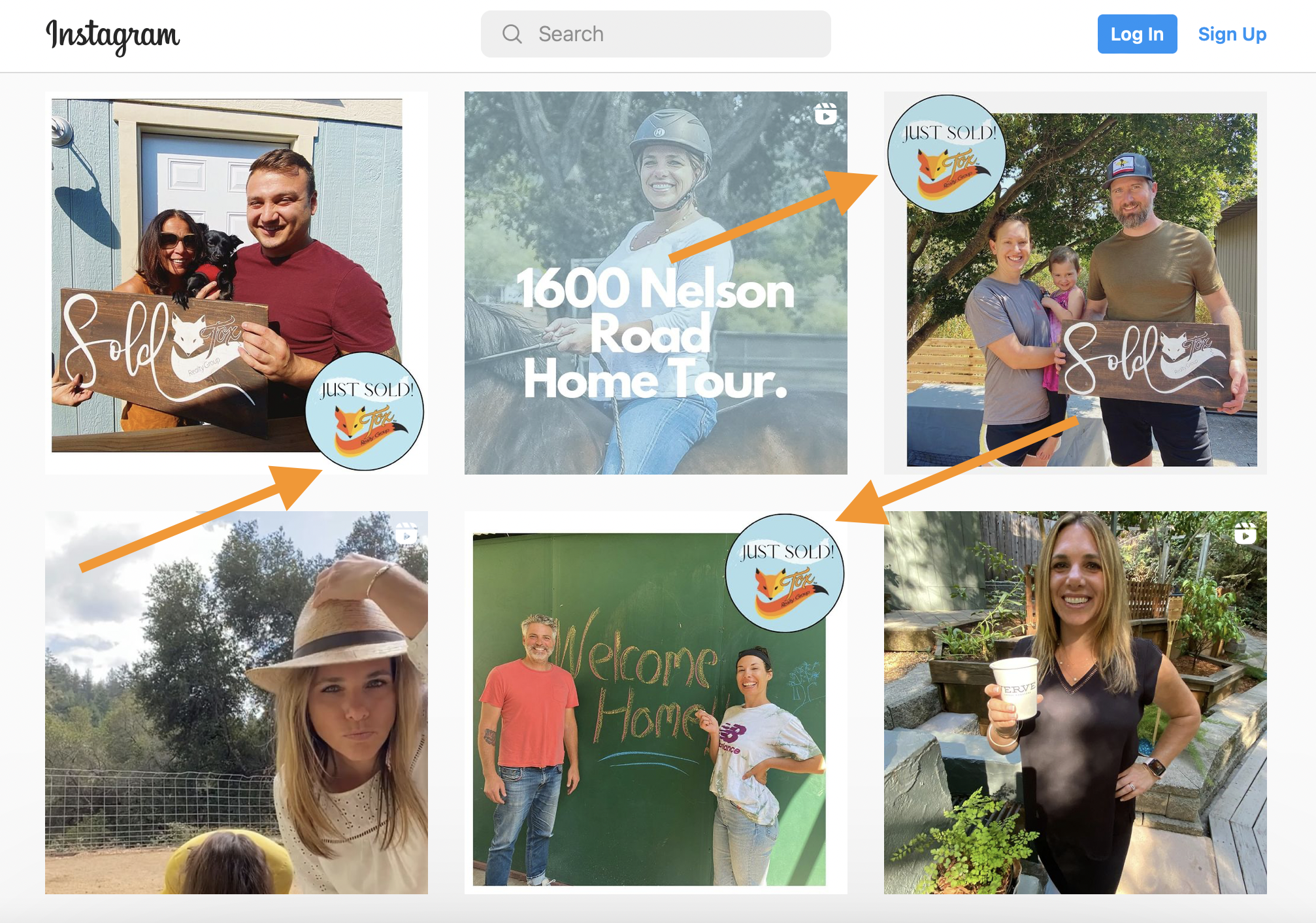
You might even consider putting your logo at the top or bottom of your email marketing campaigns so that recipients can quickly identify your business.
As a rule, there’s rarely a bad time to use your logo.
The more people see it, the more they’ll relate it to your brand, which is exactly what you want.
Think of some of your favorite companies… when is their logo not on their marketing materials?
Yeah… pretty much never.
Step 5. Create an On-Brand Sales Funnel
What good is real estate branding or marketing materials if they don’t generate leads?
Remember: the ultimate goal of all of this is to grow your business.
And one of the most important parts of growing a successful real estate business is lead generation.
You need to generate high-quality leads consistently every single month.
Specifically, leads that turn into revenue for your business.
So how do you do that?
Well, running advertisements and sending mailers consistently is the first step. This will generate attention and drive your target market to your website.
But the next question is whether your website does a good job of converting that traffic into leads or not…
Because if it doesn’t, then your advertising budget will be wasted.
Be sure to choose a high-converting real estate website template, customize it as you like, drive traffic, and collect leads.
With Carrot, it’s really that simple!
Conclusion
You’re now ready to create a brand for your real estate business.
But remember that the brand you choose now doesn’t need to be the one you have later.
This is just your starting point. As your business evolves, your brand will likely evolve as well.
And that’s okay.
My friend once said that if you get to the point where you have to rebrand your business, you’re probably in a stronger position anyway!
Use this guide as your starting place, get some deals or closings, and stay flexible.
We’re excited to see where your business takes you. :)